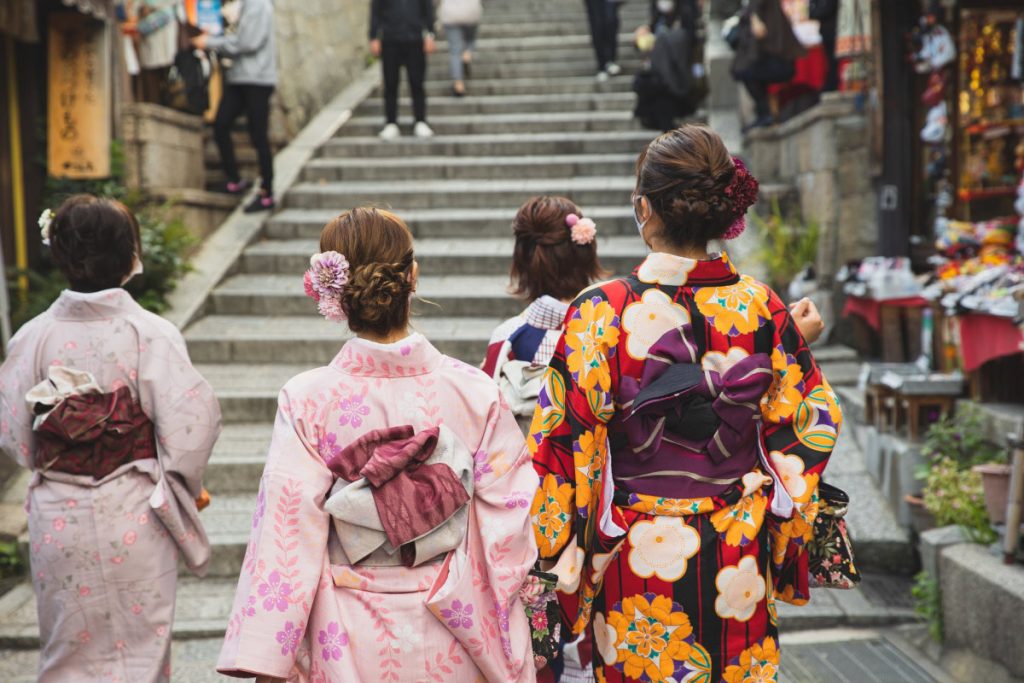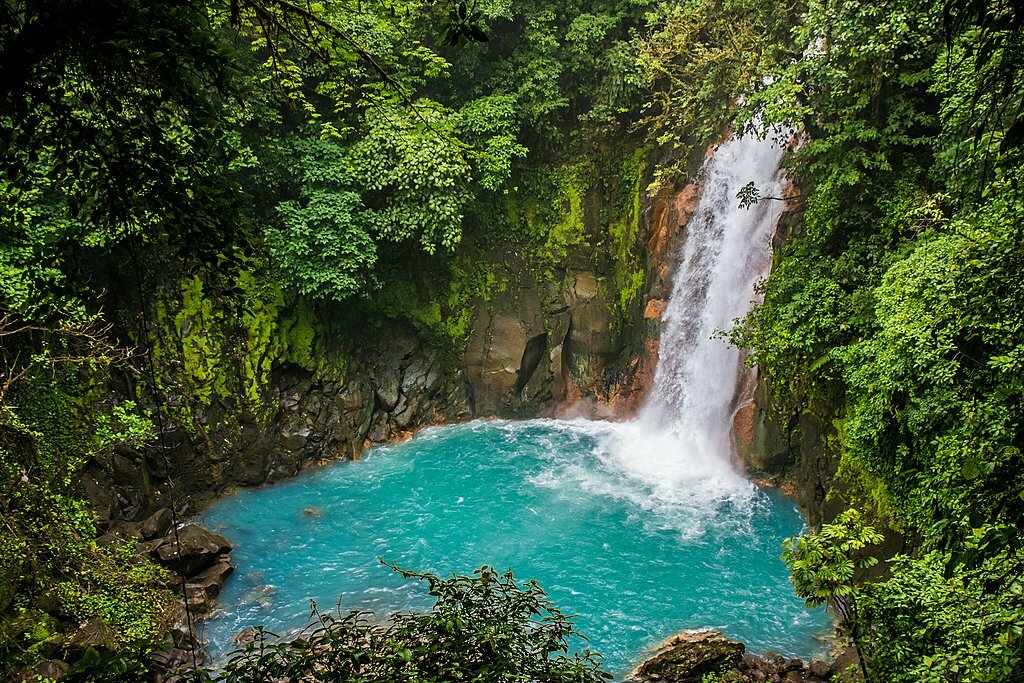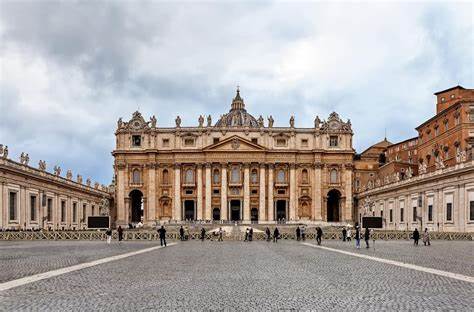Japan is a country that beautifully balances ancient traditions with cutting-edge technology, offering travelers a unique cultural experience. From the tranquil temples and shrines in Kyoto to the neon-lit streets of Tokyo, Japan is a place where past and future coexist in perfect harmony. The country’s diverse landscapes, fascinating history, and exceptional cuisine make it a must-visit destination for anyone looking to explore a rich and dynamic culture.
Tokyo: The Vibrant Heart of Japan
Tokyo, Japan’s bustling capital, is a city of contrasts—an ultra-modern metropolis with skyscrapers and neon lights, combined with traditional temples and gardens. As one of the most populous cities in the world, Tokyo offers an endless array of activities and attractions, making it the perfect starting point for any trip to Japan.
Shibuya Crossing, one of the busiest intersections in the world, epitomizes the energy of the city. From there, visitors can wander through the trendy district of Harajuku, known for its unique fashion culture and vibrant street art. Shinjuku offers a dazzling nightlife scene with countless bars, restaurants, and entertainment venues, while Akihabara is a haven for technology enthusiasts and anime fans.
Despite its modernity, Tokyo is also home to several historic landmarks. The Senso-ji Temple, located in the Asakusa district, is one of the oldest and most famous temples in Japan. Visitors can stroll through Nakamise Street, which leads up to the temple, where they can shop for traditional snacks and souvenirs. For a peaceful escape, the Meiji Shrine, located near Harajuku, offers a serene forest setting amidst the urban sprawl.
Kyoto: The Cultural Capital
Once the imperial capital of Japan, Kyoto is known as the cultural heart of the country. The city is home to more than 2,000 temples, shrines, and gardens, many of which are UNESCO World Heritage sites. Kyoto’s traditional charm can be seen in its historic wooden houses, tranquil tea ceremonies, and beautifully preserved gardens.
One of Kyoto’s most iconic sites is the Fushimi Inari Shrine, famous for its thousands of red torii gates that form a path up the mountainside. This shrine, dedicated to the Shinto god of rice and agriculture, is one of the most photographed spots in Japan. Another must-visit location is the Golden Pavilion (Kinkaku-ji), a Zen Buddhist temple covered in gold leaf that sits on the edge of a reflective pond, offering stunning views in every season.
The city is also known for its beautiful gardens and seasonal beauty. Arashiyama Bamboo Grove, with its towering bamboo stalks, is a magical place to visit, and Kiyomizu-dera Temple offers panoramic views of the city from its elevated wooden stage. Kyoto is especially renowned for its cherry blossoms in spring and vibrant autumn leaves.
Osaka: The Food Capital
Osaka, Japan’s third-largest city, is often referred to as the “Kitchen of Japan” due to its rich food culture. The city offers a variety of street food, from savory delights like takoyaki (octopus balls) and okonomiyaki (savory pancakes) to sweet treats like kakigori (shaved ice desserts). Dotonbori, a bustling entertainment district along the canal, is the best place to sample Osaka’s street food while soaking in the vibrant atmosphere.
In addition to its culinary scene, Osaka is home to several historic attractions. Osaka Castle, one of Japan’s most famous landmarks, offers an insight into the country’s feudal past. The castle is surrounded by beautiful parks and gardens, making it a perfect spot for a stroll. Universal Studios Japan is another popular attraction in the city, offering a fun experience for families and movie lovers alike.
Osaka is also known for its energetic nightlife, with countless bars, clubs, and entertainment districts. Visitors can experience the lively atmosphere in Shinsaibashi and Namba, areas that are famous for their shopping and dining options.
Hokkaido: A Winter Wonderland
Located in the northernmost part of Japan, Hokkaido is a region known for its natural beauty and outdoor activities, especially in winter. The area is famous for its ski resorts, hot springs, and stunning landscapes that attract visitors year-round. The Sapporo Snow Festival, held every February, is one of the most famous winter events in Japan, featuring intricate ice sculptures and snow statues that attract millions of visitors.
Niseko, located on the island of Hokkaido, is one of Japan’s most famous ski resorts, known for its powder snow and excellent skiing conditions. Visitors can also relax in the region’s hot springs, such as those found in Noboribetsu Onsen, where geothermal activity provides natural hot baths with healing properties.
During the summer months, Hokkaido’s flower fields come to life, with vast expanses of lavender, poppies, and other flowers blanketing the landscape. The Shiretoko Peninsula, a UNESCO World Heritage site, offers stunning views of rugged coastlines and diverse wildlife, including bears, deer, and rare birds.
Nara: The Ancient Capital and Sacred Deer
Nara, located near Kyoto, is a small city with a big historical impact. As Japan’s first permanent capital, Nara is home to some of the oldest and most important temples in the country. One of the most famous attractions in Nara is Todai-ji Temple, which houses the world’s largest bronze Buddha statue, Daibutsu. The temple is set within Nara Park, where friendly deer roam freely and are considered sacred.
The Kasuga Taisha Shrine, with its thousands of stone and bronze lanterns, is another must-see in Nara. The shrine is dedicated to the deity of the Fujiwara clan, who once ruled the region. Visitors can also explore the ancient Kofuku-ji Temple and the tranquil gardens surrounding it.
Nara offers a peaceful retreat from the hustle and bustle of Japan’s larger cities, with its rich cultural heritage and natural beauty providing a perfect blend of history and serenity.






